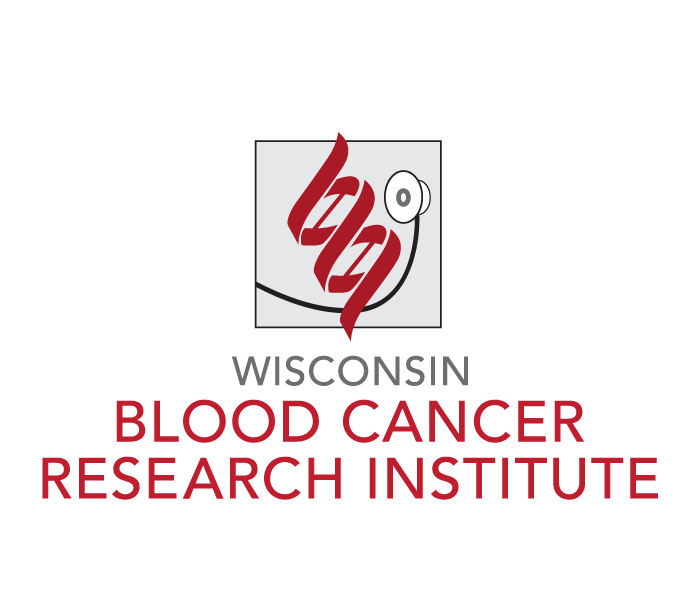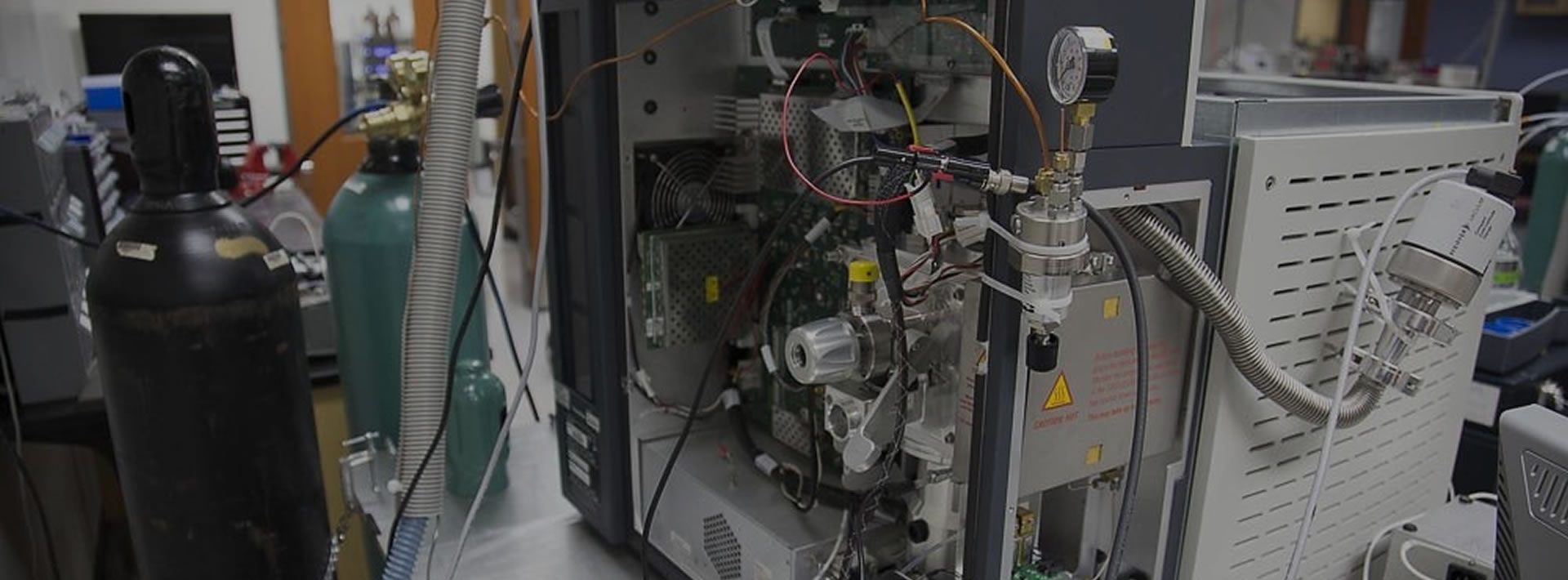
Resources
The Wisconsin Blood Cancer Research Institute faculty laboratories reside in the Wisconsin Institutes for Medical Research (WIMR), UW Hospital & Clinics and the UW-Madison School of Medicine and Public Health, further mobilizing blood research investigators into attached facilities on the west end of the UW-Madison campus.
UW-Madison Carbone Cancer Center Shared Resources:
WIMR houses multiple Carbone Cancer Center (National Cancer Institute Comprehensive Cancer Center) Core Facilities, including state-of-the-art
.
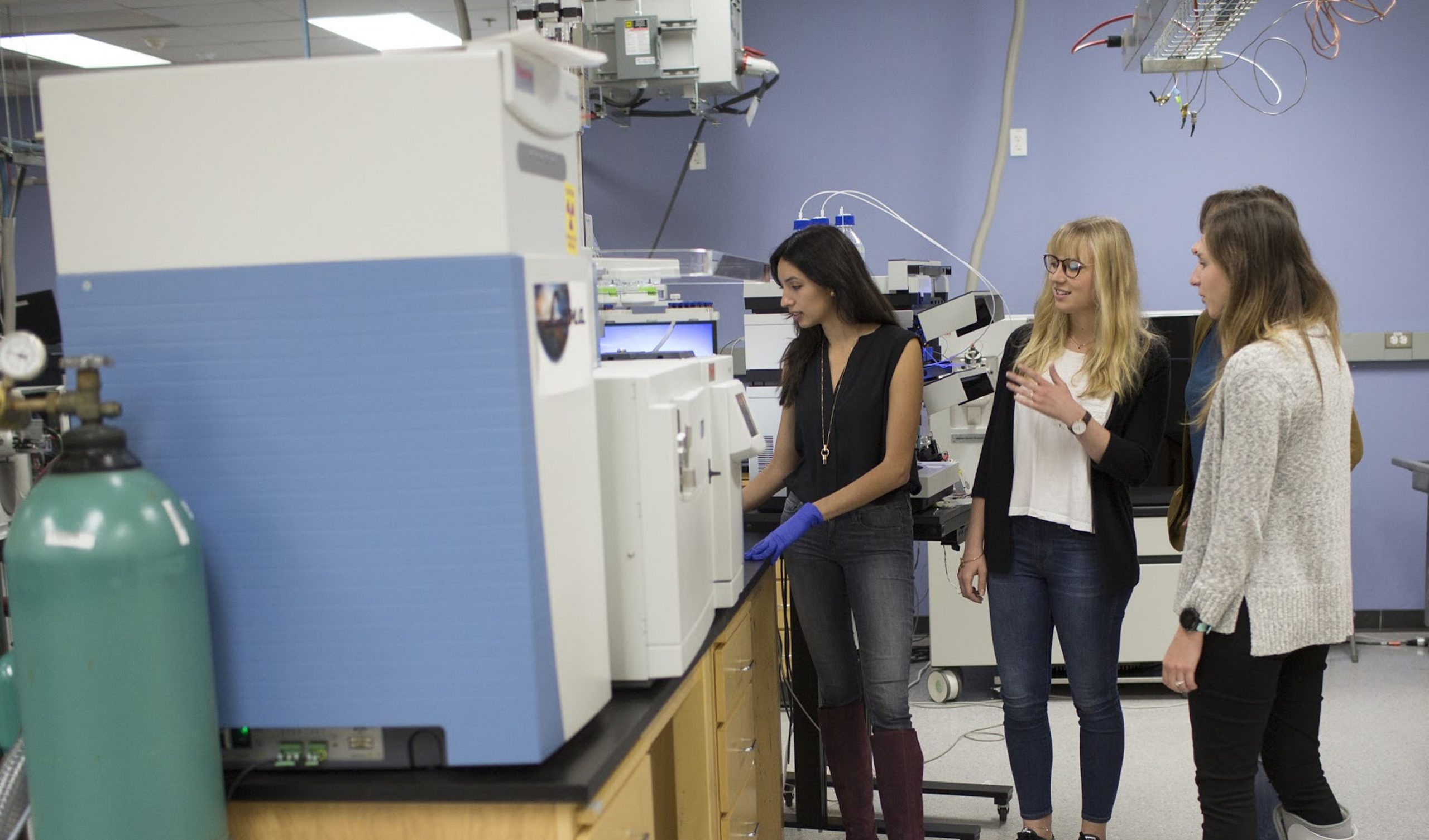
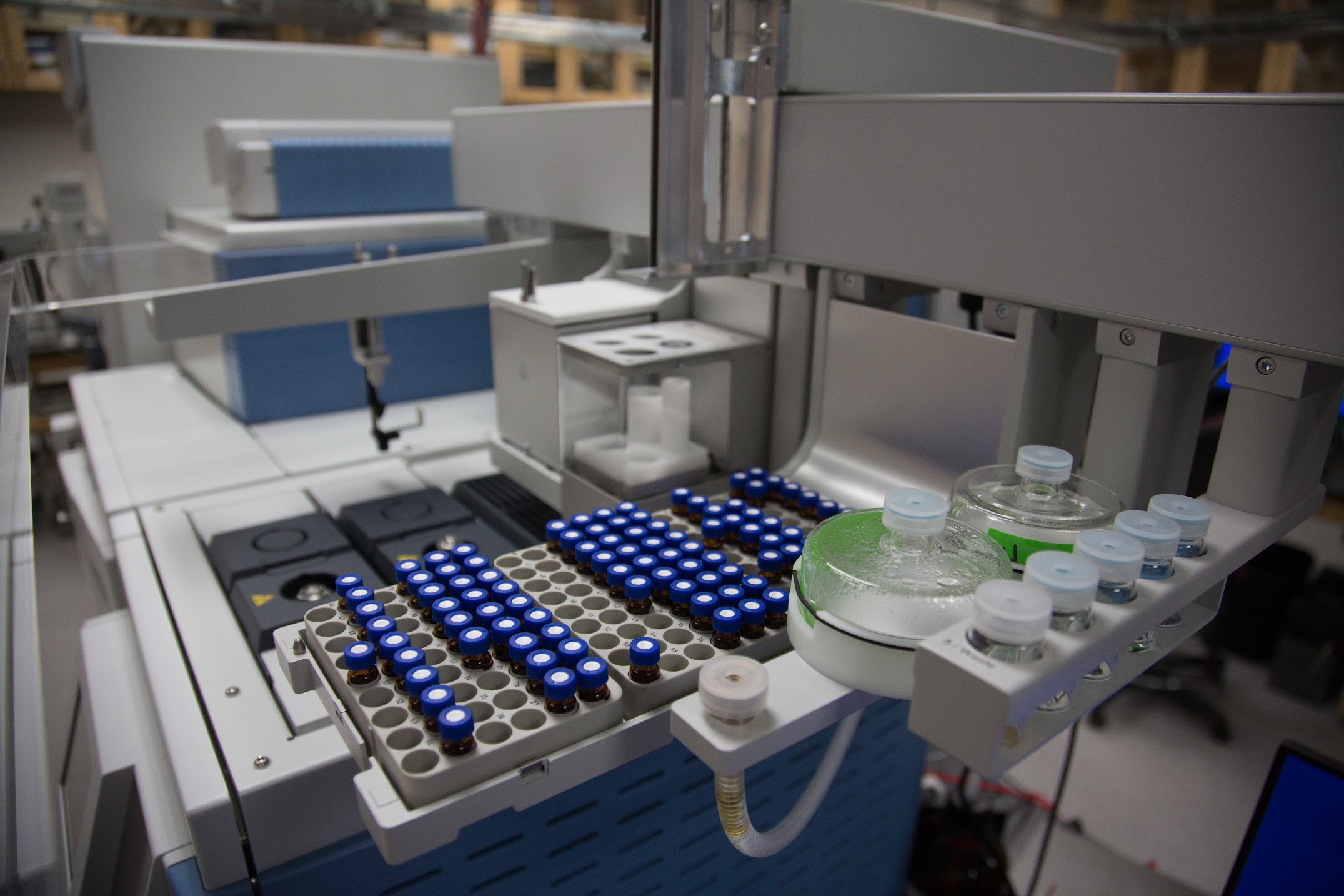
UW-Madison Biotechnology Center:
UW-Madison has a state of the art, extremely well-equipped service facility with outstanding expertise and research cores. These include bioinformatics , next generation DNA sequencing, gene expression center and proteomics/multi-omics.
UW-Madison Institute for Clinical and Translational Research:
The National Center for Advancing Clinical Sciences (NCATS) funded Institute for Clinical and Translational Research at the UW-Madison School of Medicine and Public Health has multiple mechanisms to catalyze translational and clinical science.
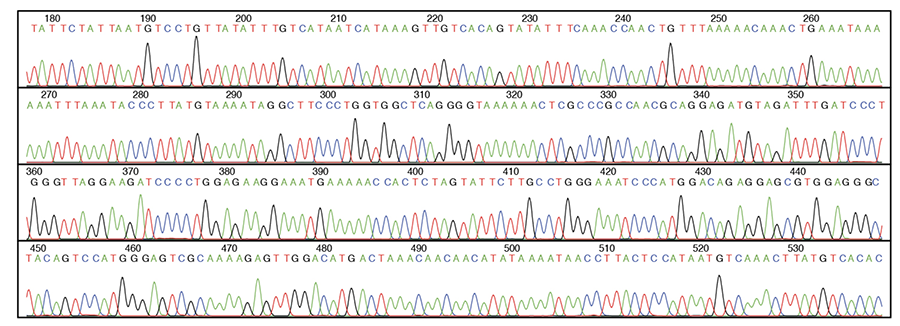
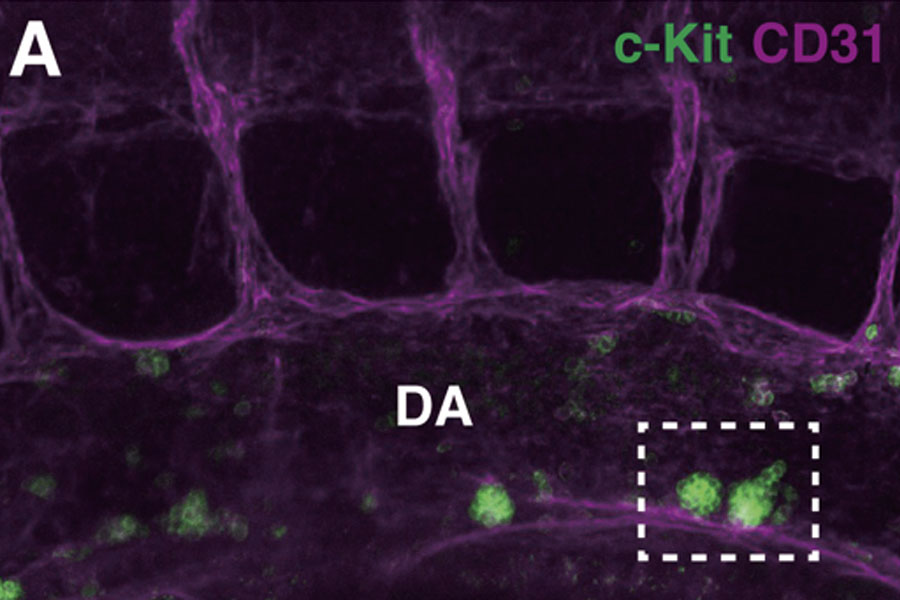
UW-Madison School of Medicine and Public Health Research Cores:
These cores include multiple advanced facilities including the WIMR Optical Imaging Core, Translational Research Initiatives in Pathology Laboratory/Translational Science Biocore, Human Proteomics Mass Spectrometry Facility, Human Stem Cell Core and Waisman Biomanufacturing.
In addition to our formal centers and facilities, UW-Madison has cutting-edge programs in essentially all realms of biological and physical science, and a strong tradition of fostering collaborative multidisciplinary research.
